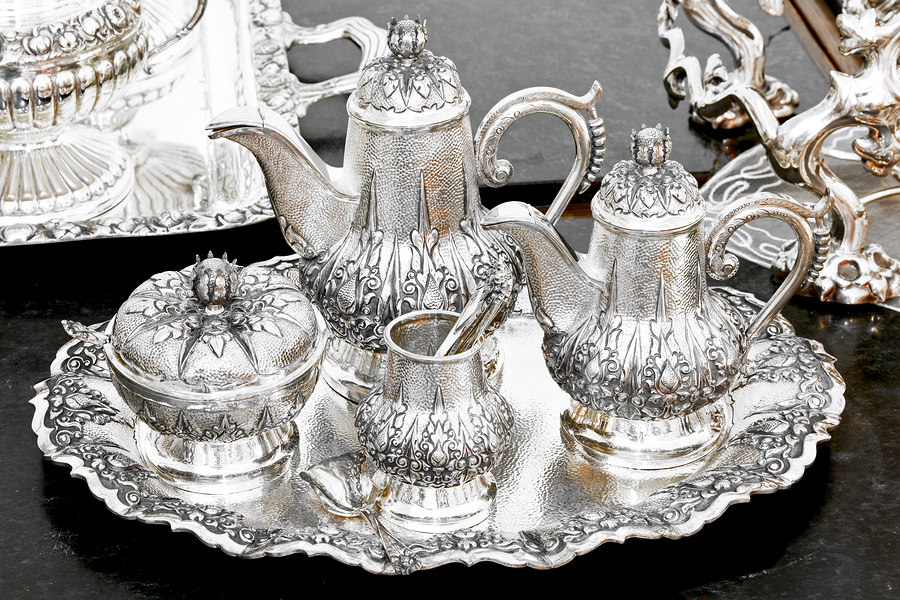Protecting individual valuables with contents insurance
Contents insurance protects our possessions and provides peace of mind that you could replace your belongings if the worst should ever happen.
For your policy to be effective, you need to calculate the values of your home contents as accurately as possible, from the most basic items like cutlery and crockery to your most expensive, precious valuables.
Most insurers set an upper value limit for a single item – this typically ranges between £500 and £3000 depending on the policy or insurer. So for your most expensive valuables – art, furniture, jewellery and large electronics – you may need to declare items individually to make sure they’re properly insured.
Take inventory
Before you purchase a new contents insurance policy, take inventory of your possessions and keep a separate list of your most valuable items. This might include:
• Sofa
• Antique furniture
• Antiques
• Art work
• Silverware
• Jewellery, watches
• Television, computer
Keep a detailed record of any warranty and proof of purchase or authenticity you have. Take pictures of these items as your insurer may ask to see them.
Depending on how many valuables you have and how much they are worth, it may be as simple as individually declaring the items on your current contents insurance policy. If you have a number of high value possessions, your insurer may want to arrange individual cover for these items instead.
Consider whether your valuables will be leaving the house – particularly in the case of jewellery, watches and portable electronics, you may want to take on additional cover to ensure these items are insured if they are lost, stolen or broken when not at home.
Disclaimer
The contents of this article are for reference purposes only and do not constitute financial or legal advice. Independent financial or legal advice should be sought in relation to any specific matter. Articles are published by us without any knowledge or notice of the circumstances in which you or anyone else may use or rely on articles or any copy of the information, guidance or documents obtained from articles. We operate and publish articles without undertaking or accepting any duty of care or responsibility for articles or their contents, services or facilities. You undertake to rely on them entirely at your own risk, and without recourse to us. No assurance of the quality of articles is given or undertaken (whether as to accuracy, completeness, fitness for any purpose, conformance to any description or sample, or otherwise), or as to the timeliness of the publication.





















